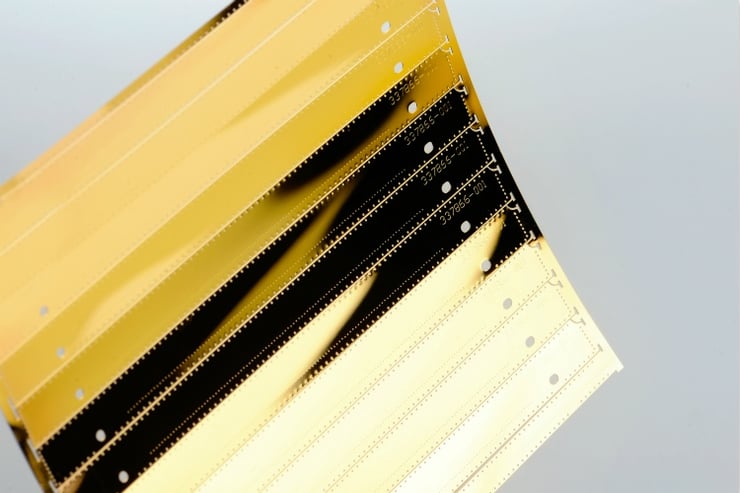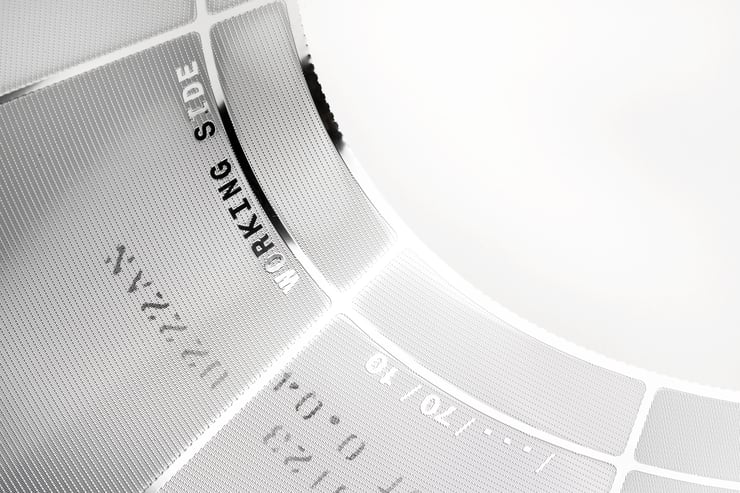As an engineer, you want to push your innovations to the market as fast and as cost-effective as possible. But above all, you require your products to be of unprecedented quality. To obtain this level of quality, you need to have the best techniques at your disposal.
One of those techniques is electroforming. Electroforming is highly suitable to create thin, strong, and ultra-precise components in complex shapes, and has already proved to be a great solution for many applications. But exactly what materials can be electroformed into the micro-precision components that you require for your products? In this article, we set out to describe the available materials for electroforming purposes, and explain their benefits and applications.Before you read on, it might be a good idea to look into the electroforming process if you’re not too familiar with the technique. To learn more about the technology, you can download the Whitepaper Electroforming here.
Nickel
The material that is most widely used for creation of micro-precision parts through electroforming is nickel. Nickel is predominantly used because of its versatility and physical and mechanical properties that it possesses. Properties such as hardness, strength, and internal stress can be altered by modifying operating conditions. Nickel is also highly resistant to erosion and wear.
Nickel is typically used in production of encoder discs, SMT stencils, solar cell stencils, and many other products.
But what if you’re fabricating a metal part that is in constant contact with human skin, for instance, as seen in medical applications? You wouldn’t want to use nickel any more in this case. That’s where coatings come in. You can add a layer of palladium or gold to avoid direct contact to human skin.
This same solution applies to ink-jetting, where the released chemicals would cause the nickel plates to deteriorate.

Another illustrative example is a sugar sieve (or screen). Sugar screens are used to rapidly remove molasses from sugar crystals under centrifugal force. But that centrifugal force also causes sugar crystals to collide with the screens at high velocity. Soft-Nickel wouldn’t stand a chance against that kind of impact — but a chromium coating does.

Other materials that can be electroformed
The plating and metal finishing possibilities lead to the discussion of other materials that can be electroformed. There’s a difference between electroforming and electroplating, however, which you can read about in this article.
Full plating and metal finishing can be performed with: Gold, Silver, Copper, Chromium, Nickel, Palladium Nickel, and Tin (bright or matt). These materials each possess their own properties that make them suitable for creation of micro-precision parts for specific applications.
If you’re curious if your micro-precision metal part can be created with electroforming (and/or electroplating), you can request a custom sample/develop a ptototype here. Our engineering team will contact you to discuss the parameters of your product so that we can design a perfect solution together. Don’t hesitate to reach out — we’re here to help!


